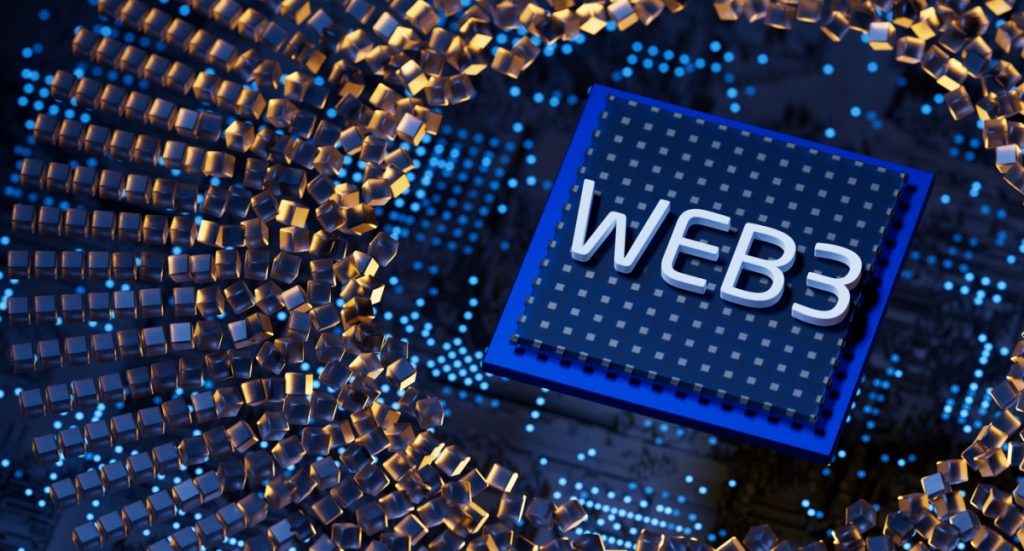
Welcome to the era of Web3, where technology is evolving beyond our wildest imaginations, reshaping the digital landscape and revolutionizing the way we interact with the internet.
In this blog post, we will delve into the top 10 core features of Web3 technology, a decentralized and interconnected digital realm that is changing the game.
As we embark on this journey, we will also introduce Elevate Protocol, a leading Web3 asset management company at the forefront of this technological revolution.
1. Decentralization
Decentralization is at the heart of Web3 technology. Unlike the centralized structures of Web1 and Web2, where power and control were concentrated in the hands of a few entities, Web3 embraces a decentralized approach.
This means that there is no single point of control or failure, making the internet more resilient and resistant to censorship.
Blockchain technology plays a crucial role in enabling decentralization by providing a secure and transparent framework for peer-to-peer transactions, smart contracts, and decentralized applications (DApps).
2. Blockchain
Blockchain technology is a cornerstone of Web3, offering a decentralized and tamper-proof ledger of transactions. Utilizing cryptographic techniques, blockchain ensures the integrity and transparency of data.
Smart contracts, self-executing contracts with the terms of the agreement directly written into code, enable trustless transactions and automate complex processes without the need for intermediaries. This feature of Web3 technology brings a new level of security and efficiency to digital interactions.
3. Artificial Intelligence
Web3 leverages artificial intelligence (AI) to enhance user experiences and optimize various processes. Machine learning algorithms analyze vast amounts of data generated on the decentralized web to provide personalized recommendations, predictive insights, and intelligent automation.
AI-powered chatbots and virtual assistants make interactions more natural and efficient, contributing to a seamless and user-friendly web experience.
4. Semantic Web
The Semantic Web is a key feature of Web3 that focuses on enhancing the meaning and context of data on the Internet. By adding semantic metadata to information, machines can understand and interpret the content more accurately.
This enables better search results, more personalized recommendations, and improved data interoperability. As Web3 evolves, the Semantic Web will play a vital role in creating a more intelligent and context-aware digital environment.
5. Data Privacy
Web3 technology addresses growing concerns about data privacy by giving users more control over their personal information.
Through decentralized identity solutions and cryptographic techniques, individuals can manage and share their data on their own terms.
This shift towards user-centric data control promotes trust and transparency, mitigating the risks associated with centralized data storage and giving users the confidence to engage more freely in the digital realm.
6. Metaverse
The concept of the metaverse has gained significant attention within the Web3 landscape. The metaverse is a collective virtual space that blurs the lines between physical and digital realities.
It encompasses augmented reality (AR), Virtual Reality (VR), and other immersive technologies, providing users with a shared digital space for social interactions, work, and entertainment. As Web3 continues to evolve, the metaverse is poised to become an integral part of the online experience.
7. Ubiquity
Web3 technology aims to create a more ubiquitous internet experience by ensuring seamless connectivity across various platforms and devices. Users can access decentralized applications, services, and data from any device without being restricted by proprietary systems.
This universal accessibility fosters a more inclusive and interconnected digital ecosystem, breaking down silos and promoting collaboration on a global scale.
8. Connectivity
Interoperability is a fundamental feature of Web3, allowing different blockchain networks and decentralized technologies to communicate and collaborate effectively.
This ensures that users can seamlessly transfer assets, data, and information across various platforms without facing compatibility issues.
The interoperability of Web3 contributes to the development of a more open and interconnected Internet, unlocking new possibilities for innovation and collaboration.
9. Permissionless
Web3 embraces the concept of permissionless innovation, allowing developers to create and deploy applications without seeking approval from centralized authorities. This approach fosters a more open and dynamic ecosystem, encouraging creativity and innovation.
Permissionless systems empower individuals to contribute to the development of the Web3 landscape, ensuring a diverse and vibrant digital environment.
10. 3D Computer Graphics
Web3 technology incorporates advanced 3D computer graphics to enhance the visual aspects of online experiences. From immersive virtual environments to interactive user interfaces, 3D graphics contribute to a more engaging and visually appealing web.
This feature is particularly significant in the metaverse, where realistic and interactive representations of digital spaces and objects create a sense of presence and immersion for users.
Conclusion
Web3 technology is reshaping the digital landscape by introducing a set of core features. That prioritize decentralization, artificial intelligence, blockchain, semantic web, data privacy, metaverse, ubiquity, connectivity, and 3D computer graphics.
These features collectively redefine how we interact with the internet, offering a more secure, intelligent, and interconnected online experience.
Embracing the core features of Web3 technology is not just a technological shift but a paradigm change that will shape the future of the Internet.
Read More: Elevate Protocol: Unique Approach to Web3 Asset Management